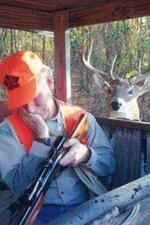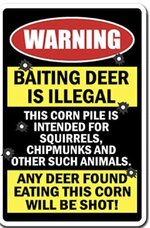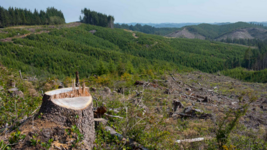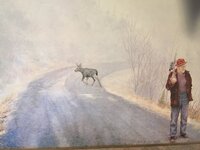- Messages
- 1,074
- Reactions
- 1,057
Out and about. All times of year. Before, during and after hunting season. See what the animals are doing, how they react to pressure and the change of weather/seasons. Takes time. Years really. Then you have a fire or drought, and you need to relearn it all over again. Just a part of the fun of hunting.















